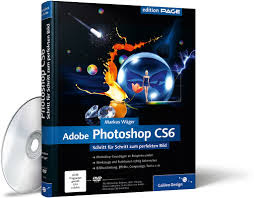Photoshop desires no introduction. No alternative image editor is remotely this pricey, except for those that work with – or area unit typically keen about – digital pictures, there’s no different.
It has a powerful documentation for brand new options that get its users clamor to upgrade. For CS6, that feature could be a new set of blur tools that mimic depth-of-field effects. Blur is applied dynamically across the image, therefore the point between sharp and a 100-pixel blur could be a 50-pixel blur. this is often much more convincing than merely attenuation between blurred and sharp versions of a picture, as most depth-of-field effects (including Premiere Elements’) do.
Tilt-Shift creates a band of sharp focus with step by step increasing blur either facet, whereas Iris Blur creates associate degree oval of focus. Field Blur is that the most flexible: isolated points area unit positioned freely on the image, every with its own blur quantity, and therefore the software system interpolates between them. Intuitive controls seem directly on the image, and with quickly change previews, planning advanced blur effects is very intuitive.
The 3 blur sorts will be combined and previewed along before you decide to them, however this may get unwieldy. Applying 2 Iris Blurs, for example, creates 2 sharp circles on the image. However, once combining a Tilt-Shift and Iris Blur, each effects work severally thus blur values area unit combined, doubtless going away nothing sharp.
The 3 blur sorts will be combined and previewed along before you decide to them, however this may get unwieldy. Applying 2 Iris Blurs, for example, creates 2 sharp circles on the image. However, once combining a Tilt-Shift and Iris Blur, each effects work severally thus blur values area unit combined, doubtless going away nothing sharp.











